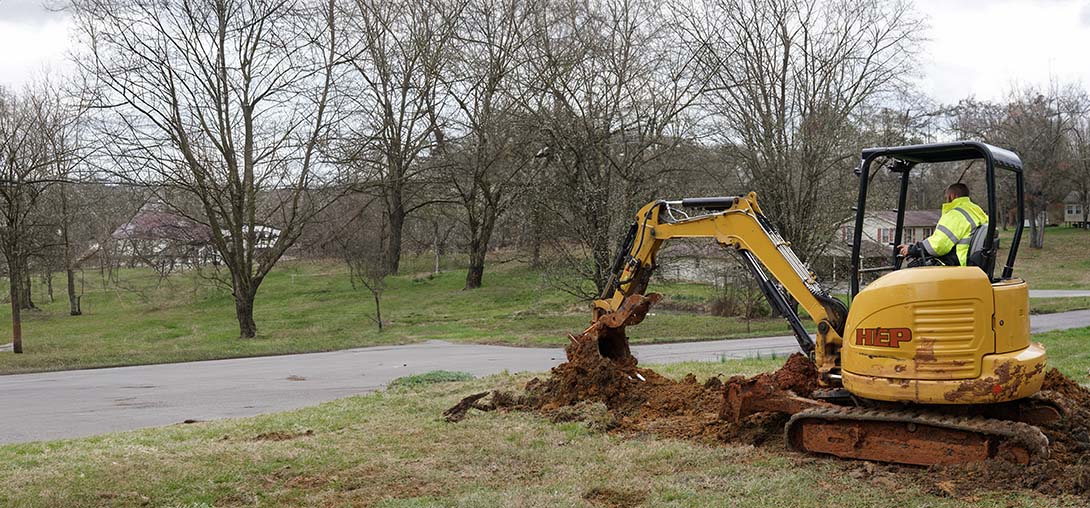

Latest Tools
Your trusted partner for professional home services. Quality workmanship, guaranteed satisfaction.




- HEP
- Latest Tools
Latest Tools | Main Line Issues | Plumbing | Rutledge
Whether you’re a homeowner facing sudden backups or a contractor plotting a long-range upgrade, HEP’s latest tools plumbing page for Rutledge gives you a front-row seat to everything we’re doing to diagnose and defeat main line issues. From high-definition sewer cameras that snake through decades-old clay to trenchless relining systems that seal leaks in hours, the spotlight is on technology that saves yards, slab, and sanity. Each tool is reviewed by the technicians who wield it daily, so you get real-world insights instead of brochure buzzwords.
Dive deeper to see interactive before-and-after galleries, quick-hit demo videos, and scheduling links that connect you directly to our certified crews. We’ve bundled tips on preventative maintenance, local code updates, and financing options so you can move from research to resolution without hunting across multiple sites. Rutledge’s toughest underground problems finally have a one-stop resource—explore it now and keep your water flowing the way it should.
FAQs
What are the most common warning signs of a main sewer line problem in Rutledge homes?
The red flags include repeated drain backups in multiple fixtures, unexplained gurgling sounds, foul odors coming from floor drains, soggy or sunken spots in the yard above the pipe route, and sudden spikes in your water bill. If you notice two or more of these issues at the same time, it usually means the problem is in the main line rather than an individual branch line. Calling for a professional inspection early prevents more extensive damage and costly emergency repairs.
What advanced diagnostic tools do you use to locate and assess main line issues?
Our Rutledge team relies on three primary technologies: 1. High-definition sewer camera inspection: A waterproof camera is snaked through the clean-out to capture real-time video of the pipe’s interior, pinpointing cracks, tree-root intrusions, and blockages within an inch of accuracy. 2. Electronic line locators: These send a signal through the camera head, letting us map out the exact depth and path of your buried main, saving time and unnecessary digging. 3. Smoke testing: A non-toxic smoke is blown through the system to reveal hidden leaks or improper connections that cameras can miss. Using these tools together ensures we diagnose the root cause, not just the symptom.
How does trenchless pipe repair work, and why is it beneficial for Rutledge homeowners?
Trenchless methods—primarily pipe lining (CIPP) and pipe bursting—allow us to rehabilitate or replace damaged mains without excavating large sections of your lawn or driveway. • Pipe lining: We insert a resin-soaked liner that cures in place, creating a smooth, joint-free pipe inside the old one. • Pipe bursting: A bursting head fractures the old pipe while simultaneously pulling in a new HDPE line. Benefits include minimal landscape disruption, faster project turnaround (often one day), reduced labor costs, and a life expectancy of 50+ years for the new pipe.
Will hydro jetting damage older cast-iron or clay pipes in Rutledge properties?
When performed by trained technicians, hydro jetting is safe for most pipe materials. We first inspect with a camera to confirm the structural integrity. If the pipe walls are severely deteriorated, we’ll adjust the pressure settings or recommend an alternative solution like descaling or sectional replacement. Our equipment features variable PSI controls and specialized nozzles, so we can tailor the cleaning force to your pipe’s condition, removing roots, grease, and mineral buildup without compromising the line.
What is the typical timeline and cost range for repairing a main line using your latest tools?
After the initial camera inspection (usually 1–2 hours), most Rutledge main line repairs fall into these ranges: • Hydro jetting or auger clearing: 2–3 hours, $350–$600. • Trenchless pipe lining (up to 50 feet): 1 full day, $3,000–$6,000. • Pipe bursting and full replacement: 1–2 days, $4,500–$9,000. Variables include pipe depth, length, material, utility conflicts, and whether permits are required. We provide a fixed, written estimate before any work begins, and financing options are available for larger projects.
How can I prevent future main line blockages once the repair is complete?
1. Schedule preventive hydro jetting every 18–24 months to clear early root growth and grease. 2. Avoid flushing wipes, feminine products, or large amounts of paper; even “flushable” items can snag and accumulate. 3. Install a root barrier or choose slow-growing, non-invasive landscaping near the sewer path. 4. Add a main line backwater valve if your property is prone to flooding or municipal surcharges. 5. Have us perform annual camera check-ups; early detection of minor cracks or scale keeps repair costs low. Following these steps will keep your newly restored main line flowing freely for decades.